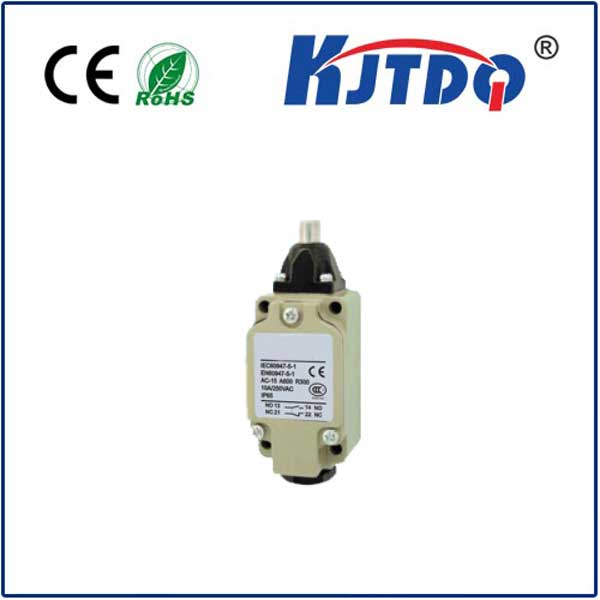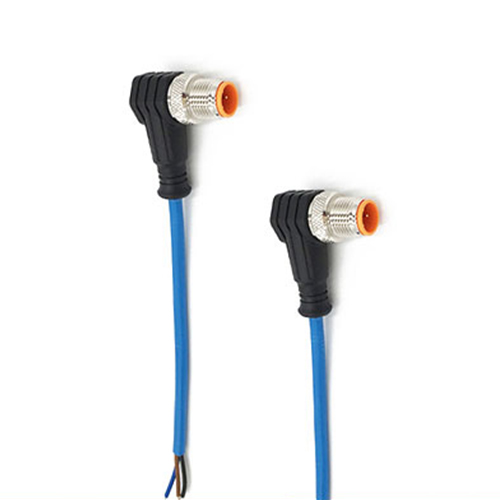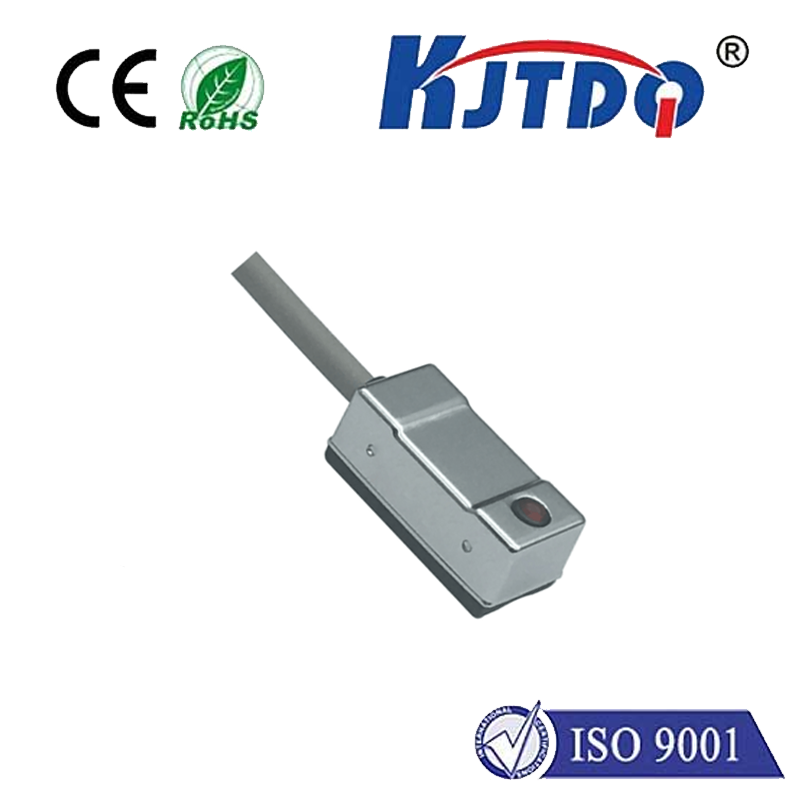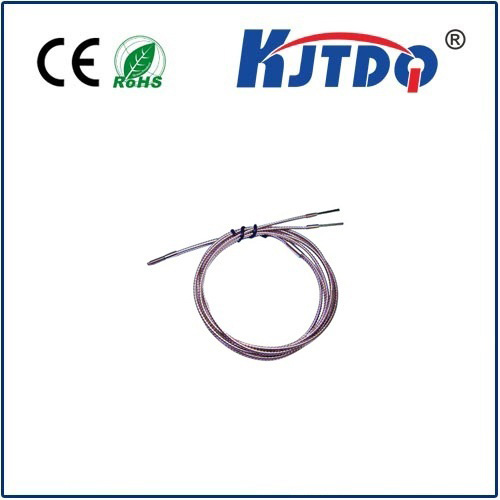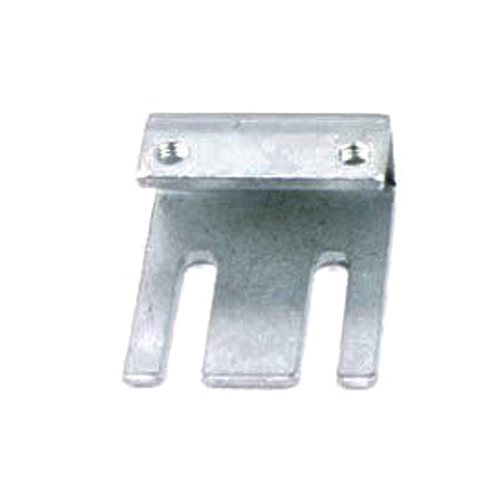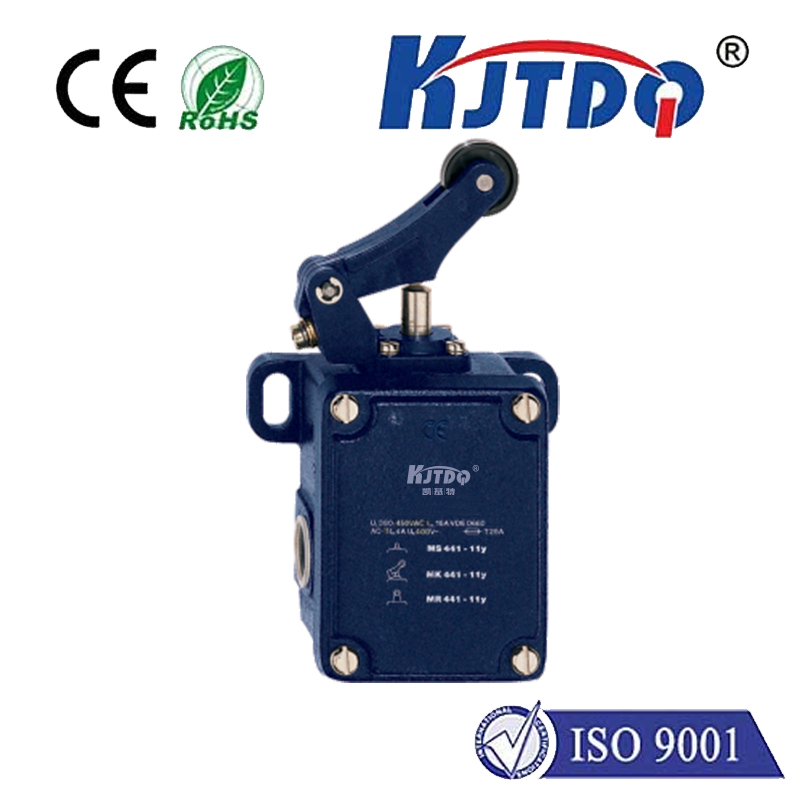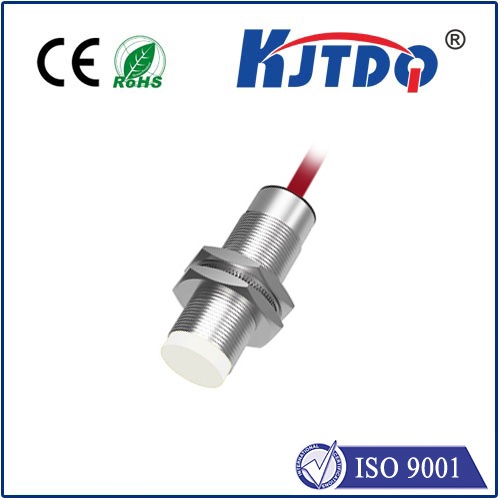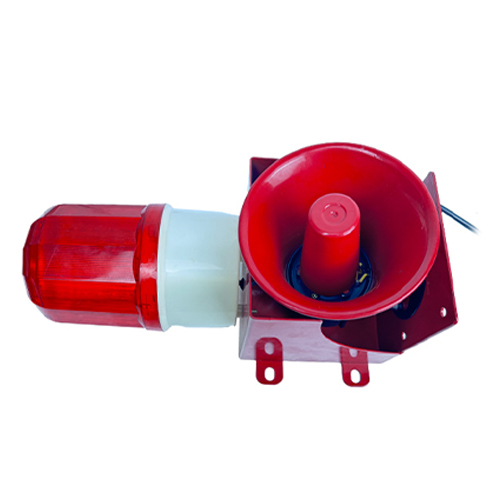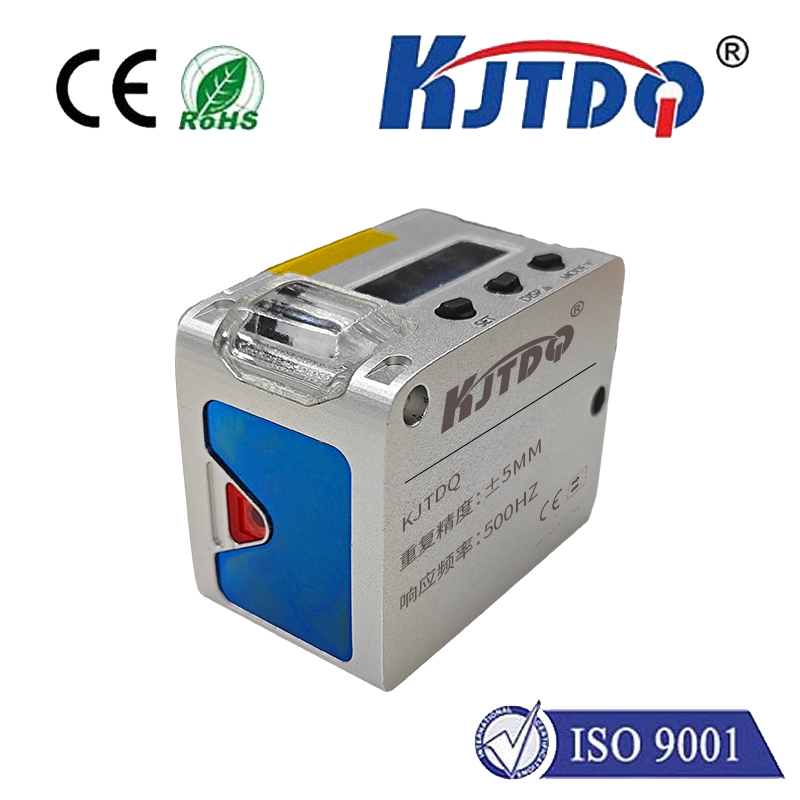

check

check

check

check

check

check

check

check

check

check
Title: The Revolutionary Laser-Based Vibration Sensor: A Game Changer in the World of Measurement
Introduction
The rapid advancements in technology have paved the way for innovative solutions that were once thought impossible. One such breakthrough technology is the laser-based vibration sensor, which has transformed the field of measurement and analysis. This state-of-the-art sensor offers unparalleled accuracy, reliability, and efficiency compared to its predecessors. In this article, we will delve into the world of laser-based vibration sensors and explore their capabilities, applications, and potential future developments.
The Concept of Laser-Based Vibration Sensors
A laser-based vibration sensor works by utilizing laser pulses to measure changes in the speed and direction of vibrations transmitted through a material. These sensors are highly sensitive and can detect even the slightest vibrations, making them ideal for use in various industries.
The working principle of a laser-based vibration sensor involves firing a laser beam onto a surface containing the material being measured. When the material vibrates, it causes the laser pulse to be disrupted, leading to a change in the phase of the laser signal. The sensor then analyzes these changes to determine the frequency and amplitude of the vibrations.
Key Features and Advantages of Laser-Based Vibration Sensors
Compared to traditional vibration sensors, laser-based sensors offer several key advantages. These include:

1. High accuracy: Laser-based sensors can detect even the most subtle vibrations with incredible accuracy, making them ideal for critical applications where precision is essential.
2. Wide range of applications: These sensors can be used in a variety of industries, including automotive, aerospace, medical, and manufacturing, to name just a few.
3. Long lifespan: Due to their high accuracy and robustness, laser-based sensors have a longer lifespan compared to traditional sensors, reducing maintenance costs over time.
4. Easy installation: Laser-based sensors do not require any specialized installation or calibration, making them easy to install and use in various environments.
5. Compact design: These sensors are designed to be compact and lightweight, making them easy to integrate into complex systems without compromising on performance.
Applications of Laser-Based Vibration Sensors
The versatility of laser-based vibration sensors makes them suitable for a wide range of applications. Some of the most common applications include:
1. Automotive testing: Laser-based sensors are commonly used in automotive testing to detect issues with vehicle suspension components, tire pressure monitoring systems, and other mechanical components.
2. Manufacturing industry: In the manufacturing industry, laser-based sensors are used to monitor machinery performance and identify potential faults before they lead to costly downtime or equipment failure.
3. Medical devices: In the medical industry, these sensors are used to monitor the movement of patients during procedures and ensure their safety.
4. Aerospace engineering: In the aerospace industry, laser-based sensors are used to monitor the performance of aircraft engines and predict potential issues before they arise.
5. Environmental monitoring: Laser-based sensors can be used to monitor environmental conditions such as seismic activity, volcanic eruptions, and weather patterns.
Potential Future Developments of Laser-Based Vibration Sensors
As technology continues to advance, it is likely that we will see further developments in the field of laser-based vibration sensors. Some potential areas of development include improved accuracy, enhanced scalability, and increased affordability for commercial applications. Additionally, there may be opportunities to integrate these sensors with other technologies such as artificial intelligence and machine learning algorithms to improve their functionality and performance further still.
Conclusion
In conclusion, the laser-based vibration sensor represents a significant step forward in the world of measurement and analysis. With its high accuracy, wide range of applications, and potential future developments, this technology has the potential to revolutionize several industries and transform how we monitor and analyze data from our surroundings. As research continues in this field, it will be exciting to see what new breakthroughs emerge and how they will shape our lives going forwards.
